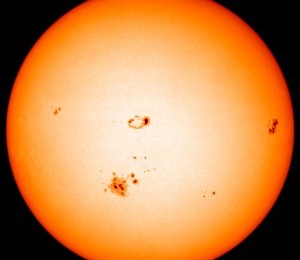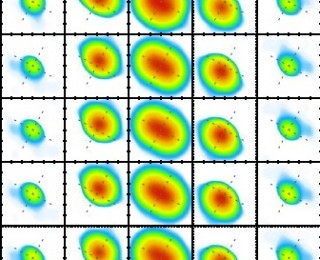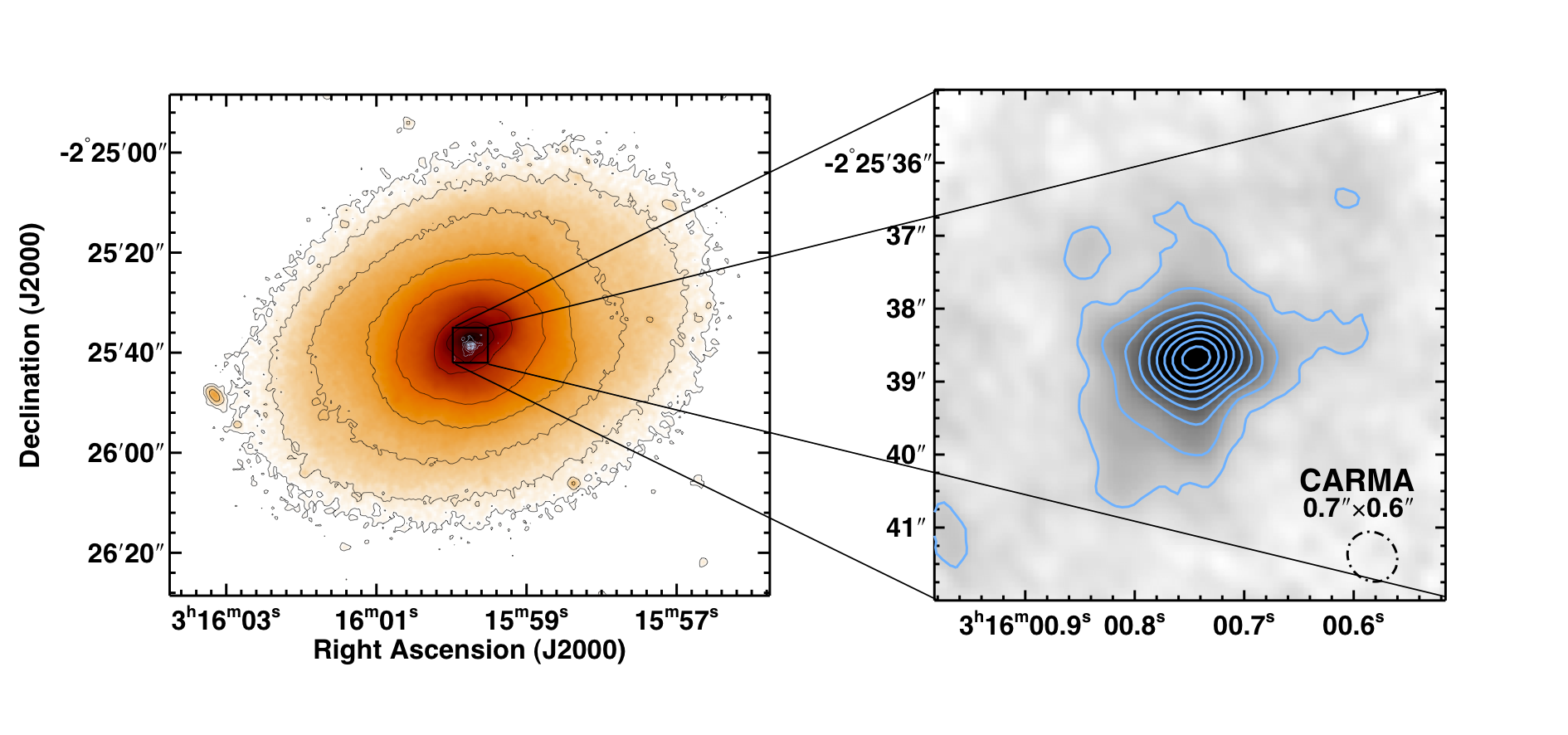
by Meredith Rawls | Feb 19, 2015 | Daily Paper Summaries
While the Sun is an excellent starting point in a quest to understand magnetism, the authors of today’s paper want more. They take advantage of something only relatively cool stars can have in their atmospheres to study magnetic fields: molecules in starspots.

by Adele Plunkett | Aug 17, 2012 | Daily Paper Summaries
Amid all of the swirling chaos during star formation, the universe finds a way to order its diffuse gas into shining young stars. ALMA Science Verification observations give new insight.

by Adele Plunkett | Feb 3, 2012 | Daily Paper Summaries
Title: Line profiles of cores within clusters: I. The anatomy of a filament Authors: Rowan J. Smith, Rahul Shetty, Amelia M. Stutz, Ralf S. Klessen First Author’s Institution: Centre for Astronomy at the University of Heidelberg, GermanyStars are a fundamental component of the universe, building blocks of larger structures like galaxies and galaxy clusters. The cycle of star formation, evolution, death and rebirth, recycling on cosmic scales, is interesting but difficult to observe at all stages. Within our lifetimes, we can’t observe one star as it progresses through a complete life-cycle, but we can observe a variety of stars at a variety of evolutionary stages in order to tell the whole story. However, it remains a challenge to observe stars in the earliest stages as they are forming. Stars form in dense environments obscured by cold dusty material. One tool for identifying star-forming cores (this is the terminology used when a cloud of molecular gas has collapsed and begins to form a star) is the observed blue infall asymmetry. Let me explain.When you (the observer) stare straight into a (spherical) core as it collapses, you will see some gas on the near side of the cloud moving away from you and some gas on the far side of the cloud moving towards you. Remember, you only see a 2-D picture, and using the doppler shifting of light, you will only measure the velocity component projected along the line of sight. Along any line of sight, there will be two elements of gas with similar line-of-sight velocity components. However, considering that the gas is dense enough and becomes opaque at...

by Nathan Goldbaum | Apr 15, 2011 | Daily Paper Summaries
Title: Discovery of an AGN-Driven Molecular Outflow in the Local Early-Type Galaxy NGC 1266 Authors: Katherine Alatalo, Leo Blitz, Lisa M. Young, Timothy A. Davis, Martin Bureau, Laura A Lopez, Michele Cappellari, Nicholas Scott, Kristen L. Shapiro, Alison F. Crocker, Sergio Martin, Maxime Bois, et al. First author’s institution: University of California, Berkeley Today’s astrobite deals with an exciting but puzzling observation of a local galaxy, NGC 1266. These observations are exciting because they go against the standard lore of how galaxies form. This particular galaxy has been classified as an S0, a type of galaxy associated with little gas and an old stellar population. Most observers assume that S0 and elliptical galaxies are ‘red and dead’, that is, that they finished forming stars long ago and that the light we see mainly comes from older, low-mass stars that emit redder light than young, massive stars, which tend to dominate the light we see from star-forming galaxies.Recently, however, many studies have begun to find that S0s and ellipticals exhibit a low level of star formation and actually can host a significant amount of gas. This paper is part of the ATLAS3D project, which aims to infer the atomic and molecular gas content as well as the stellar kinematics of a sample of ‘red and dead’ elliptical and S0 galaxies. This particular paper makes use of multiwavelength data that span the electromagnetic spectrum from radio to x-rays. Perhaps most interesting are the submillimeter observations from the IRAM 30m telescope in southern Spain, the CARMA submillimeter array in Owens Valley California, and the SMA array on top of Mauna Kea on the Big Island of Hawaii. The submillimeter observations trace the molecular gas content...




